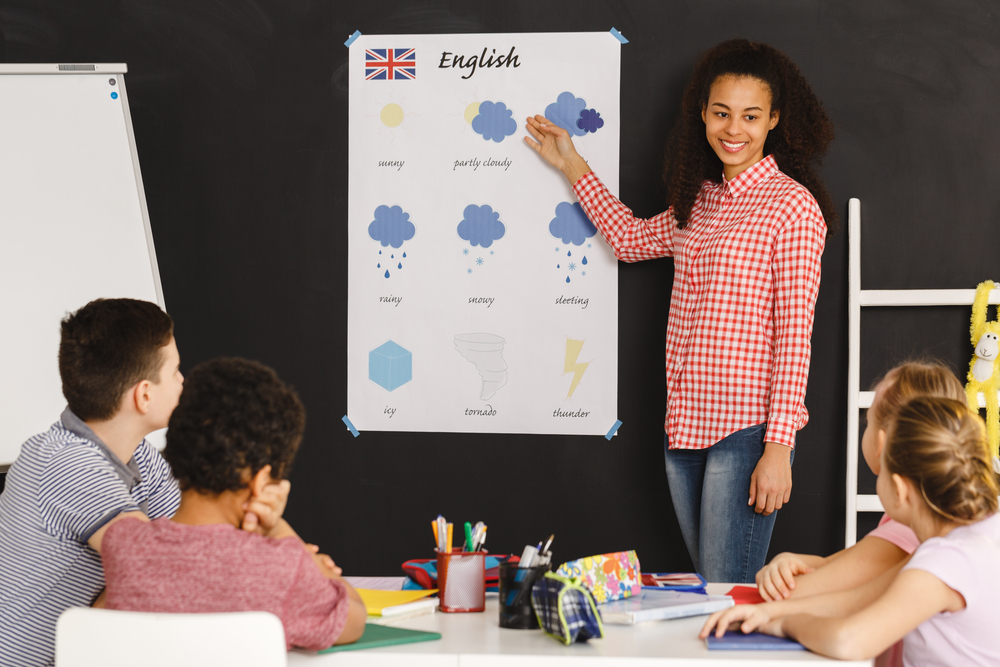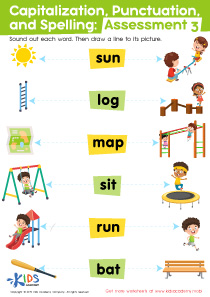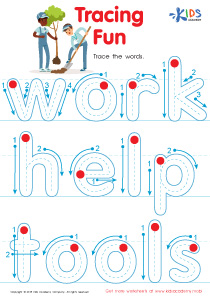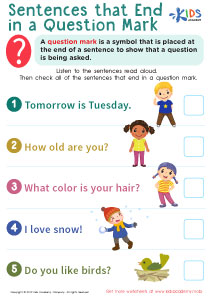Spatial awareness Grammar Worksheets for Ages 3-8
3 filtered results
-
From - To
Discover our engaging Spatial Awareness Grammar Worksheets for children ages 3-8, designed to enhance writing and grammar skills through fun and interactive activities. These worksheets help young learners develop a sense of direction, position, and spatial relationships, essential for mastering grammar concepts. Perfect for early grade students, our vibrant worksheets offer a variety of exercises, including prepositions of place, spatial terms, and positional words. Cultivate your child's comprehension and analytical abilities while making learning enjoyable with our expertly crafted resources. Visit Kids Academy to access these valuable tools and support your child's educational journey today!
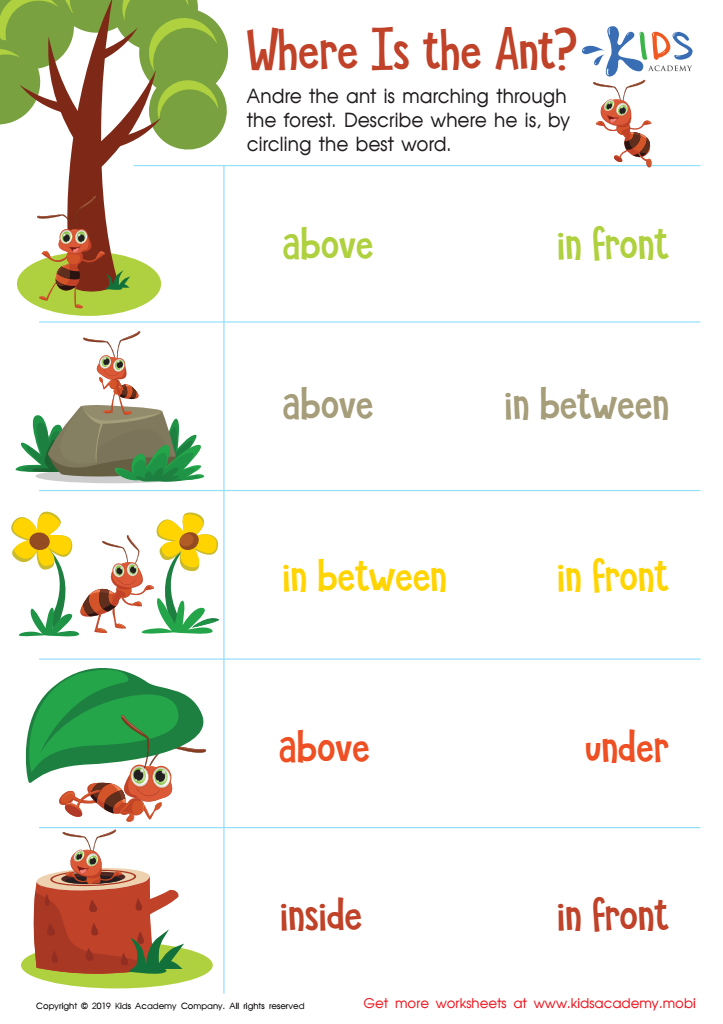

Where Is the Ant? Worksheet
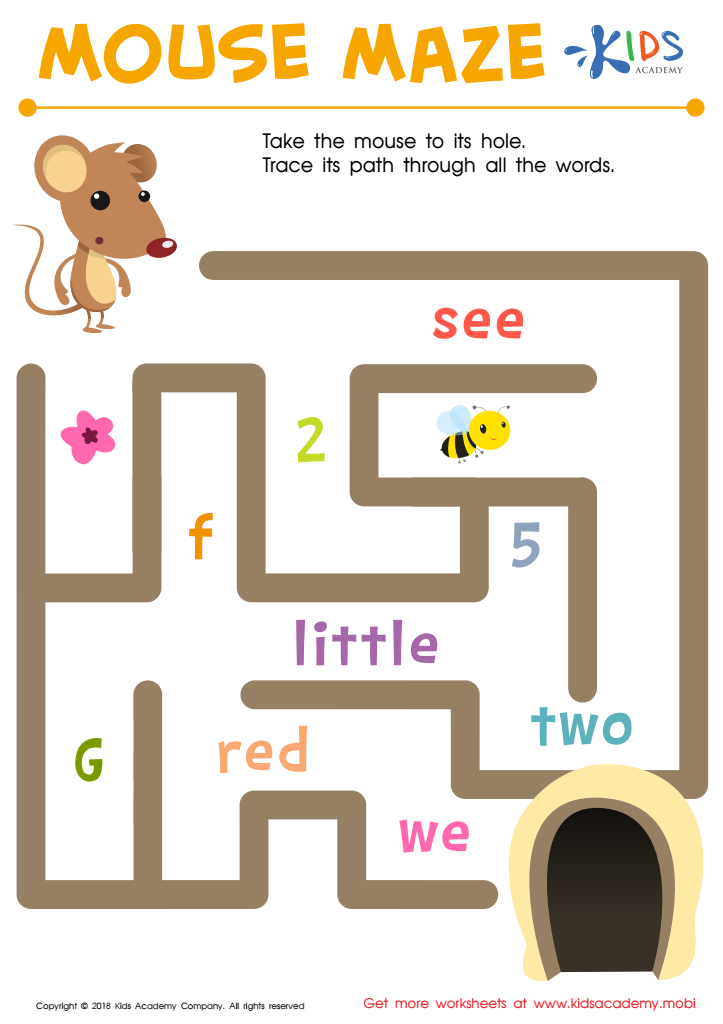

Find Words Mouse Maze Worksheet
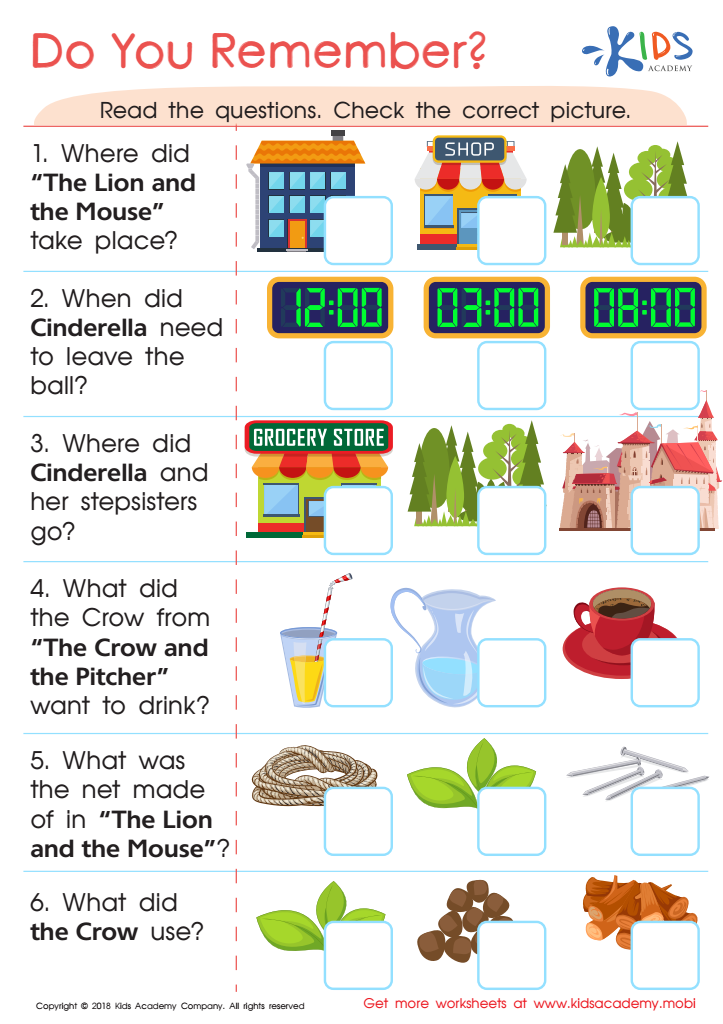

Do You Remember? Worksheet
Spatial awareness in young children is crucial for their overall development, impacting several key areas of learning. For ages 3-8, fostering spatial awareness — the understanding of how objects and individuals fit within space — is essential for developing critical cognitive skills. When children engage in activities that nurture this understanding, they improve their ability to interpret and interact with the world around them.
Parents and teachers should focus on spatial awareness because it directly influences early math and reading skills. Concepts like "above," "below," "near," and "far" form the foundation for understanding geometry, measurements, and positional words, which are vital for future academic success.
Moreover, spatial awareness aids in physical development and coordination. Participating in activities like building blocks, solving puzzles, or playing catch enhances motor skills and hand-eye coordination, important for tasks like writing and using tools effectively.
Spatial skills are also linked to better problem-solving abilities. Children learn to visualize and manipulate shapes, which translates to improved reasoning and planning capabilities.
Overall, supporting spatial awareness through interactive play, hands-on activities, and guided instruction prepares children not only for academic endeavors but for everyday life challenges, making it a critical area of focus for both parents and educators during early childhood development.
 Assign to My Students
Assign to My Students
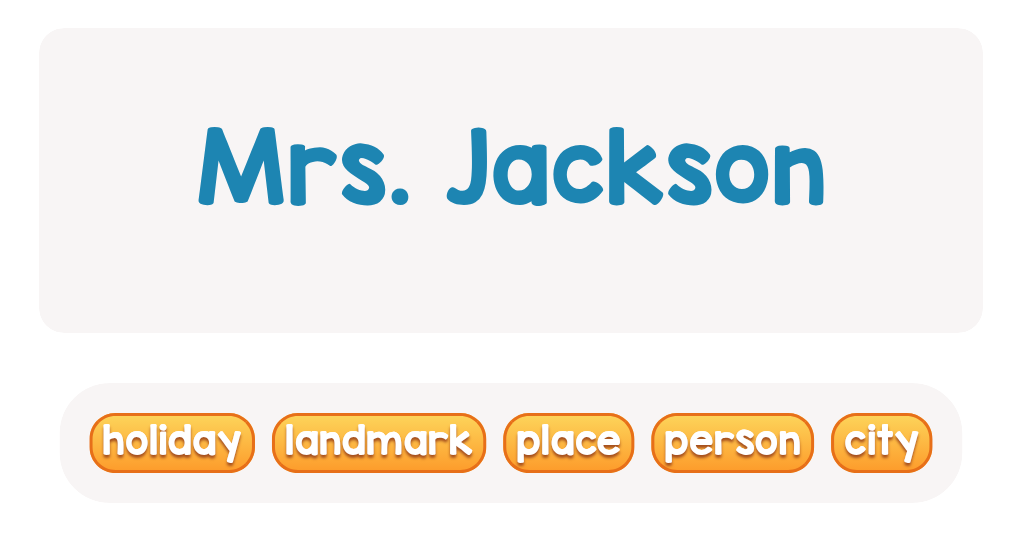
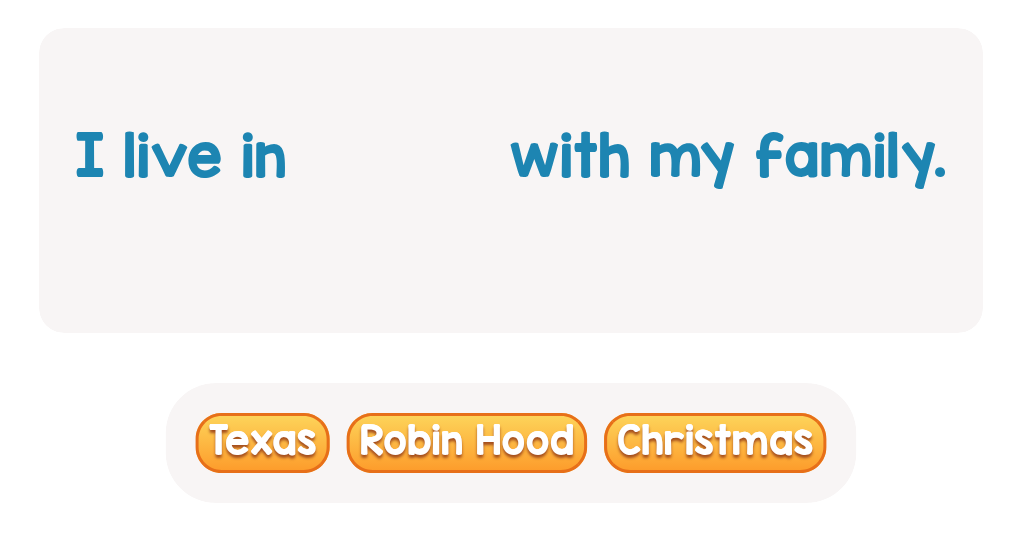

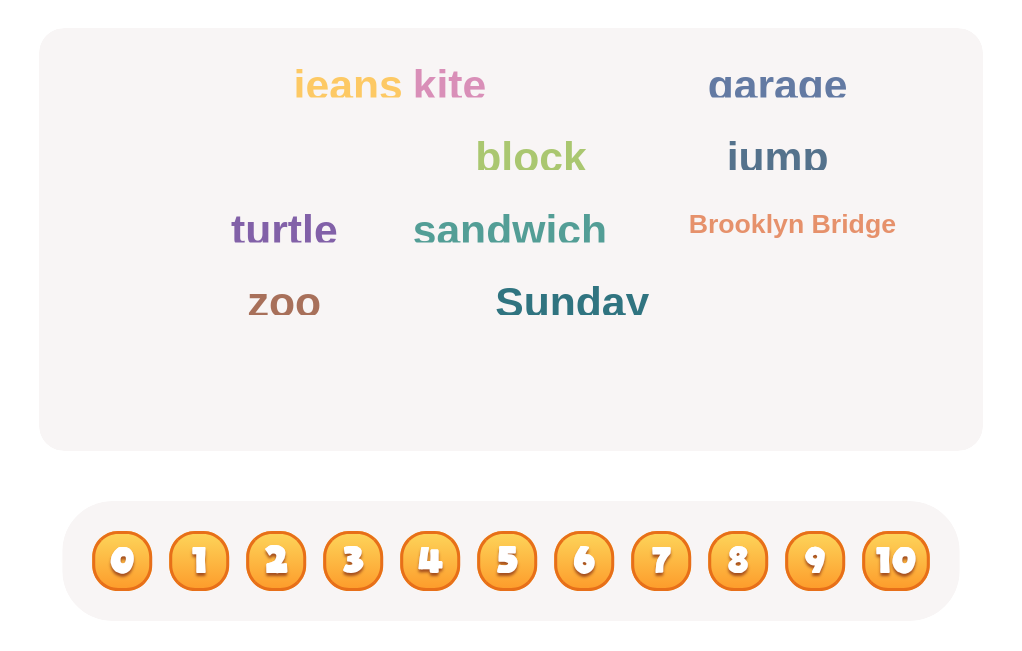
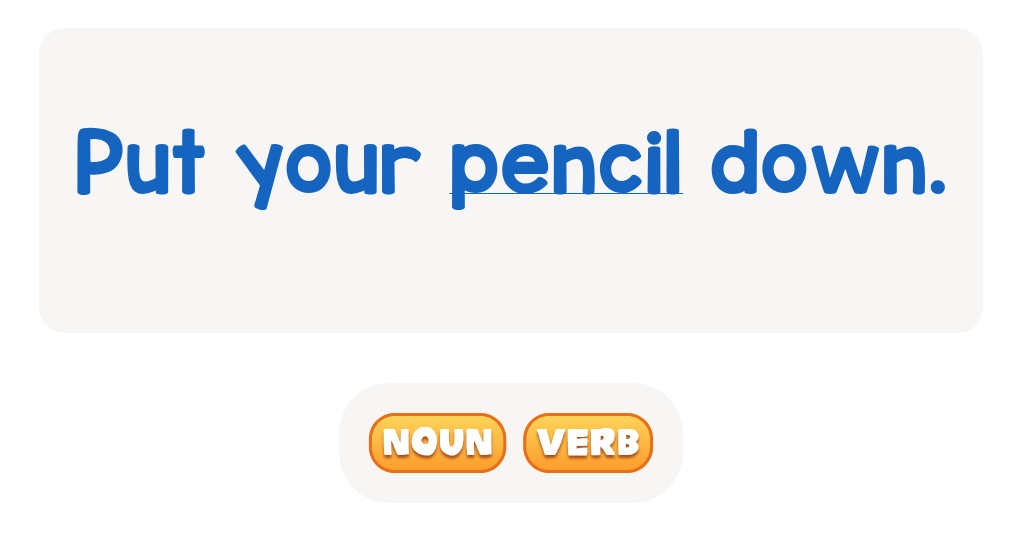
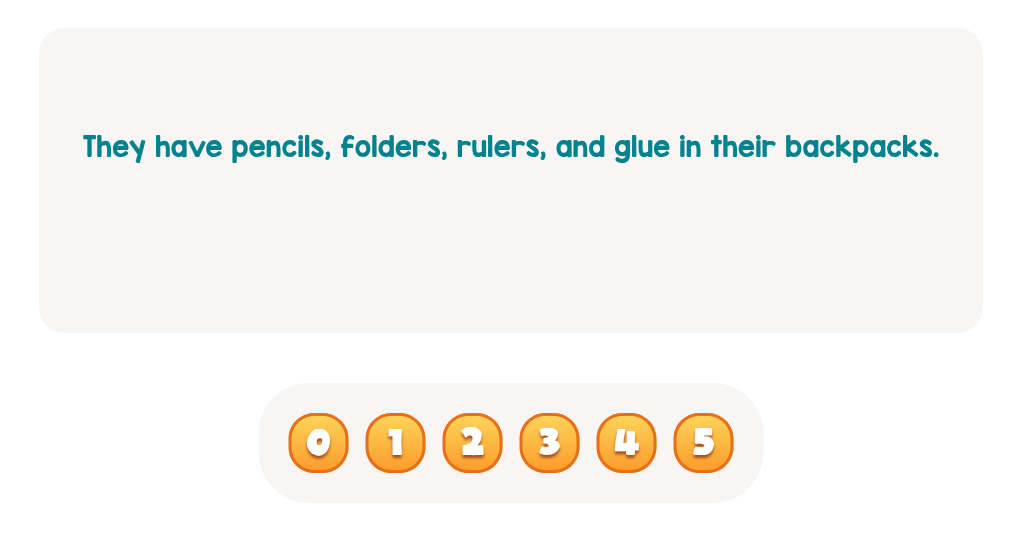
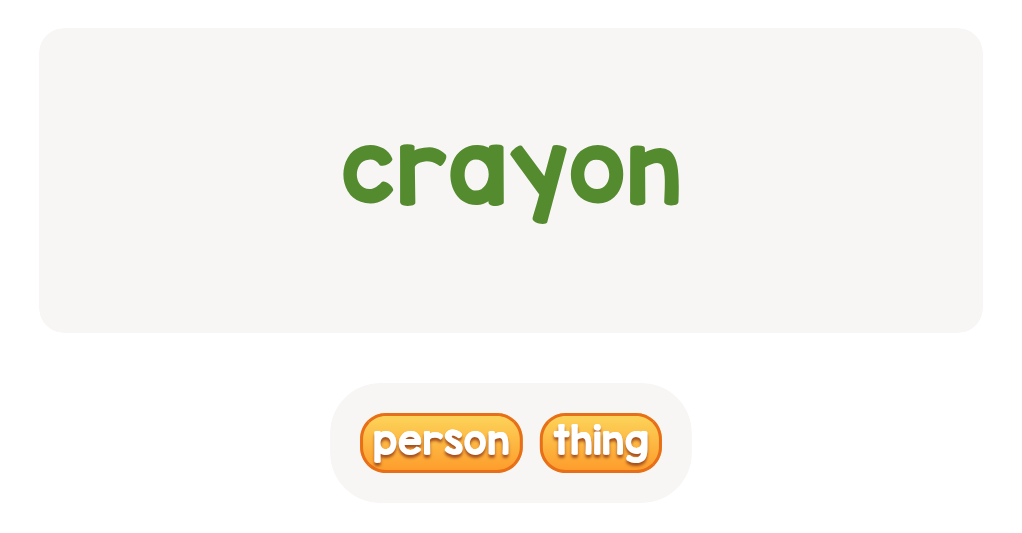
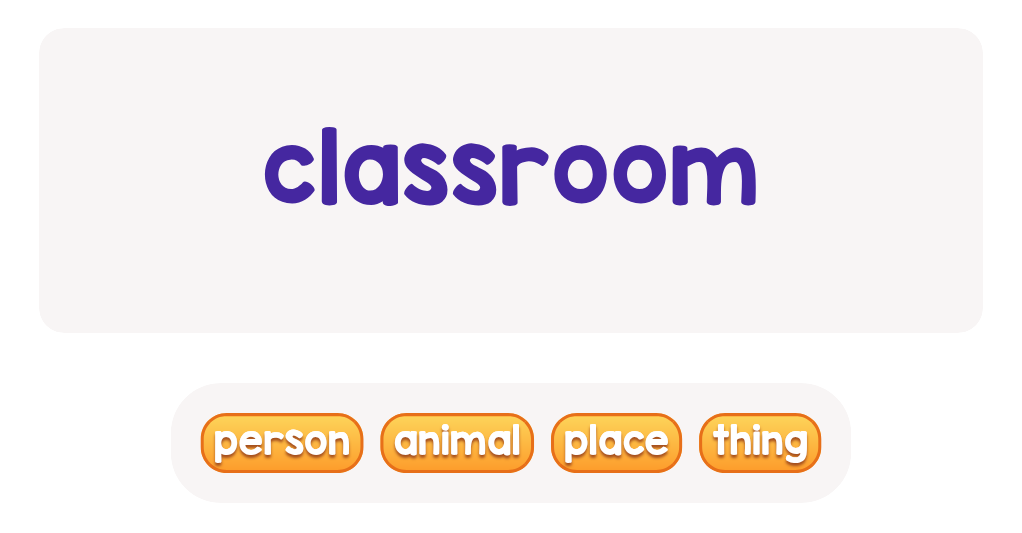
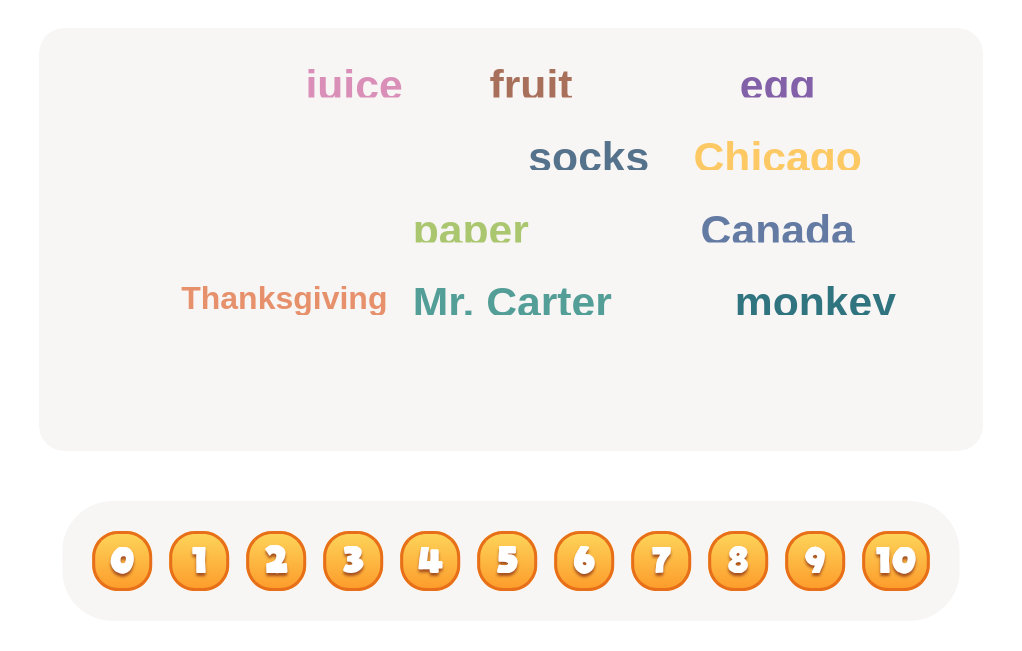
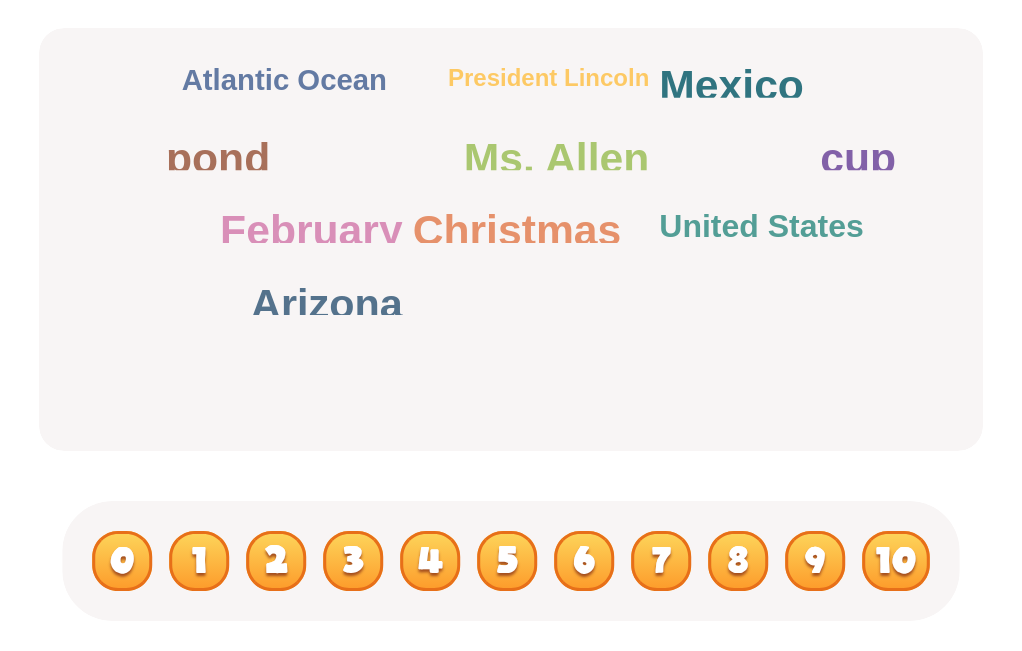


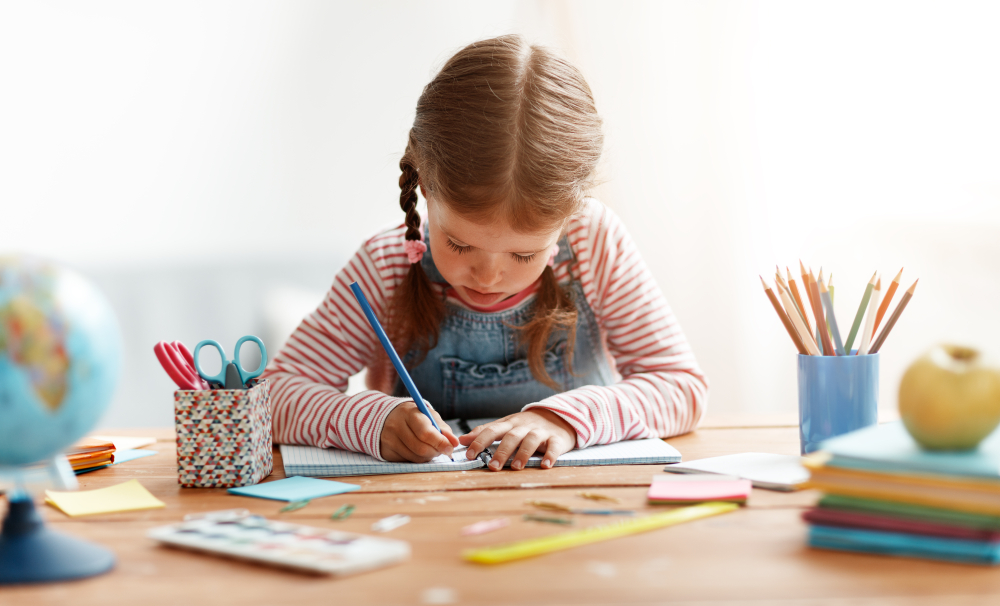
.jpg)
